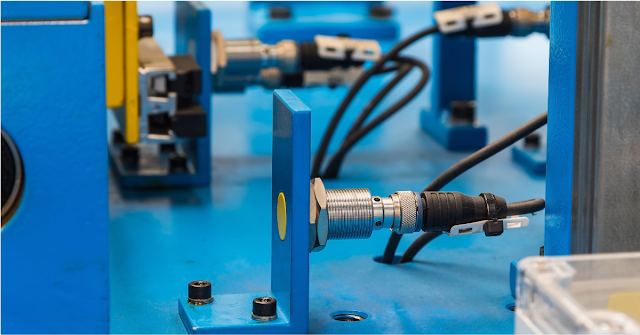In electrical systems, Power Factor (PF) plays a critical role in determining how efficiently energy is being used. Whether in industrial, commercial, or even residential settings, understanding and improving Power Factor can lead to significant cost savings and system reliability.
What is Power Factor?
Power Factor is the ratio of Real Power (kW) used to do useful work to the Apparent Power (kVA) supplied to the circuit.
Power Factor is expressed as a number between 0 and 1. The closer the Power Factor is to 1, the more efficiently your electrical system operates.
Types of Power Factor
-
Lagging Power Factor: Caused by inductive loads like motors and transformers. The current lags behind the voltage.
-
Leading Power Factor: Caused by capacitive loads. The current leads the voltage.
-
Unity Power Factor: Ideal condition where voltage and current are perfectly in phase.
Why Does Power Factor Matter?
1. Cost Savings
Utilities often charge higher rates or impose penalties for low Power Factor because poor efficiency burdens the power grid.
2. System Efficiency
A high Power Factor reduces the load on your electrical system, preventing overheating, voltage drops, and unnecessary energy loss.
How to Improve Power Factor
-
Install Power Factor Correction Capacitors.
-
Regularly maintain electrical equipment.
-
Implement Automatic Power Factor Correction (APFC) panels.
Conclusion
Power Factor is a crucial measurement of how effectively your electrical system converts incoming power into useful work. Improving Power Factor not only reduces energy costs but also enhances system reliability, protects equipment, and supports sustainability goals.







0 Comments